Описание
Data Sheet
Feature
Type:Screwed, hose. plug
Material quality:SUS304, SUS316
Flux domination of pipeline:
DN8~100&1/4″~4″
Applicable to various conditions and connected to
In plumbing and piping, a “pipe plug” is a device used to block the flow of fluid in a pipe temporarily. It is inserted into the open end of a pipe to close it off, creating a seal that prevents the passage of liquids or gases. Pipe plugs serve various purposes, including facilitating maintenance, repairs, or testing of plumbing systems.
Here are some key features and applications of pipe plugs:
- Design: Pipe plugs come in various designs, but they typically have a tapered or cylindrical shape that allows them to fit securely into the open end of a pipe. The plug may have a threaded or non-threaded design, depending on the specific application.
- Material: Pipe plugs are commonly made from materials such as rubber, plastic, brass, or steel. The choice of material depends on factors such as the type of fluid in the pipe, pressure requirements, and compatibility with the pipe material.
- Threaded vs. Non-Threaded: Threaded pipe plugs have external threads that allow them to be screwed into the internal threads of the pipe. Non-threaded plugs are designed to fit into the pipe without requiring threading.
- Uses:
- Maintenance and Repairs: Pipe plugs are often used during maintenance or repair activities to block off a section of a plumbing system. This allows work to be done on a specific area without disrupting the entire system.
- Pressure Testing: In some cases, pipe plugs are used to block off sections of a pipe during pressure testing. This ensures that specific portions of the system can be tested independently.
- Inflatable Pipe Plugs: Some pipe plugs are inflatable, meaning they can be expanded to fit the diameter of the pipe tightly. This type of plug is useful for creating a secure seal in pipes of varying sizes.
- Sizes: Pipe plugs are available in various sizes to accommodate different pipe diameters. It’s essential to select the right size of plug for a specific application.
- Safety Considerations: When using pipe plugs, especially in applications involving pressure, it’s crucial to follow safety guidelines and ensure that the plug is rated for the pressure conditions of the system.
Pipe plugs play a critical role in maintaining and servicing plumbing systems by providing a temporary seal that can be easily removed when the work is complete. They come in different configurations to suit the specific needs of various applications.

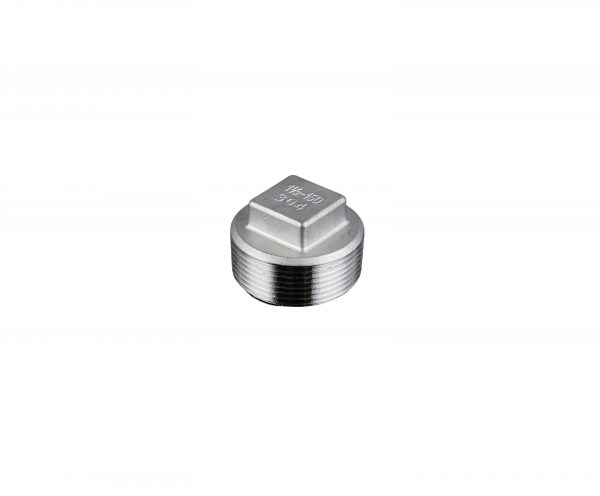
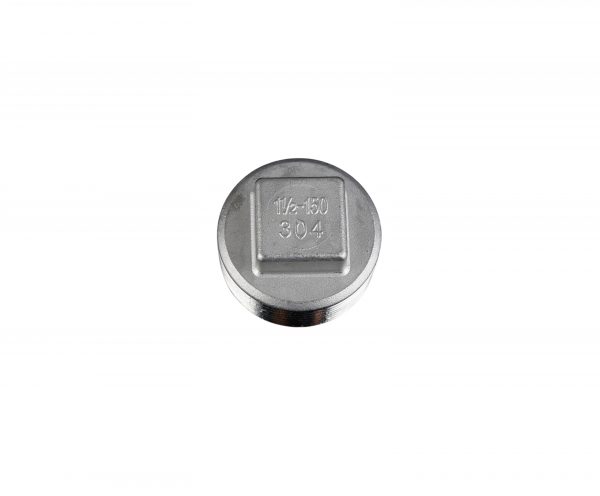
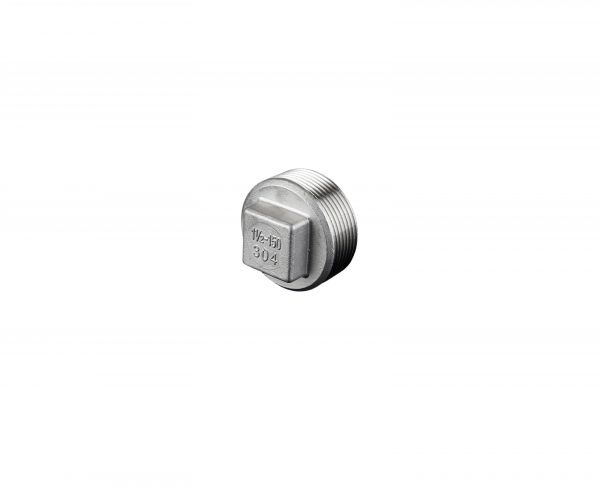
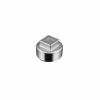
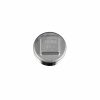
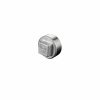
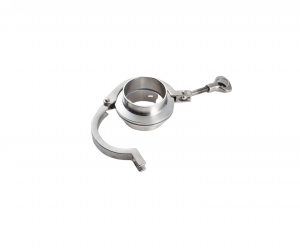
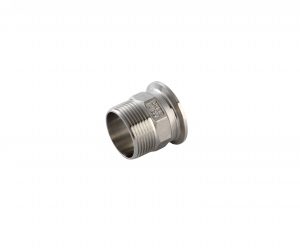
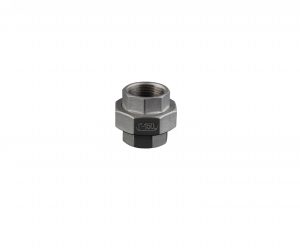
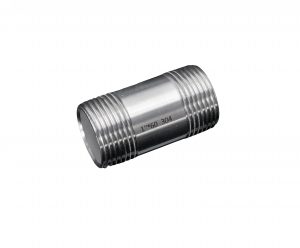
Отзывы
Отзывов пока нет.